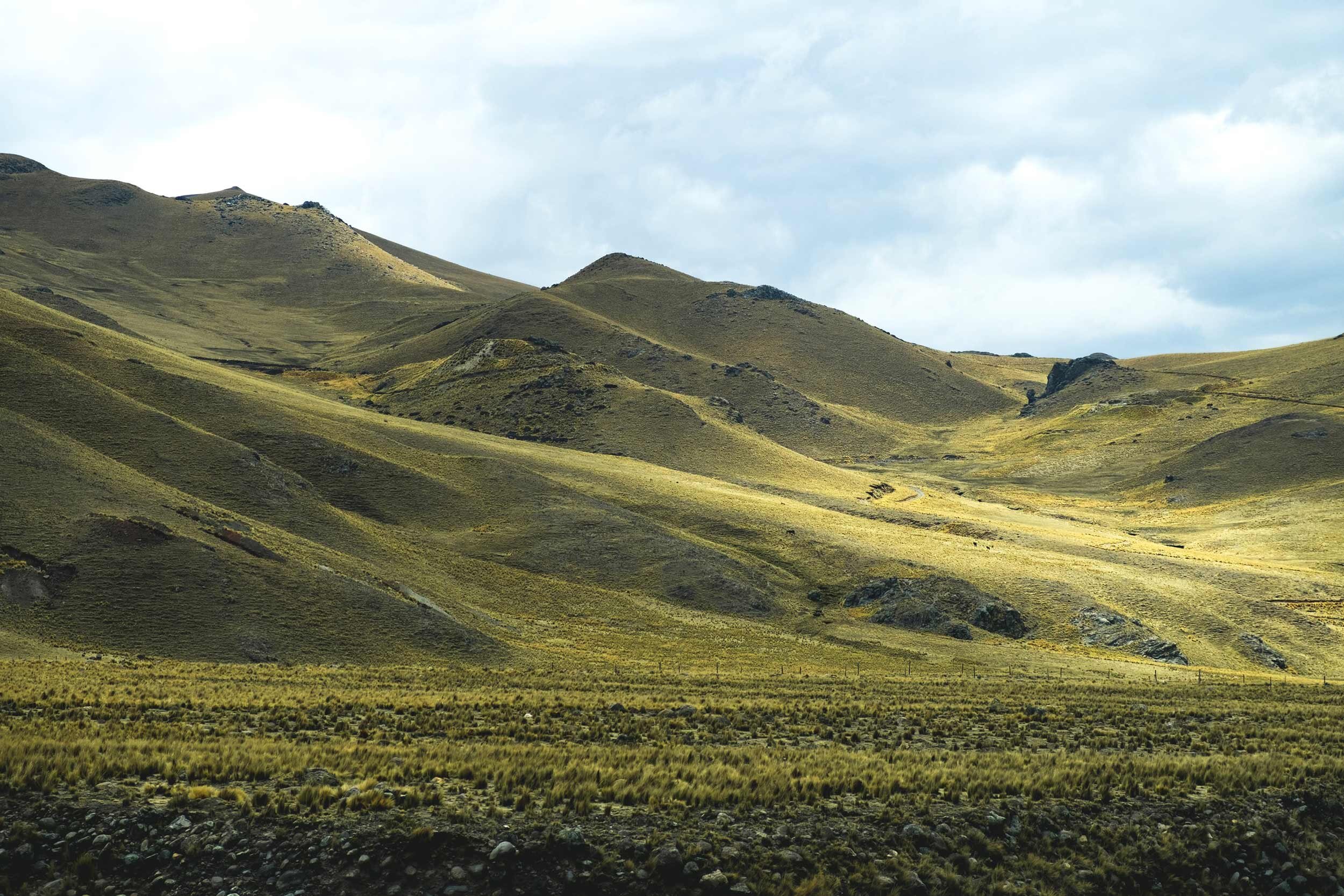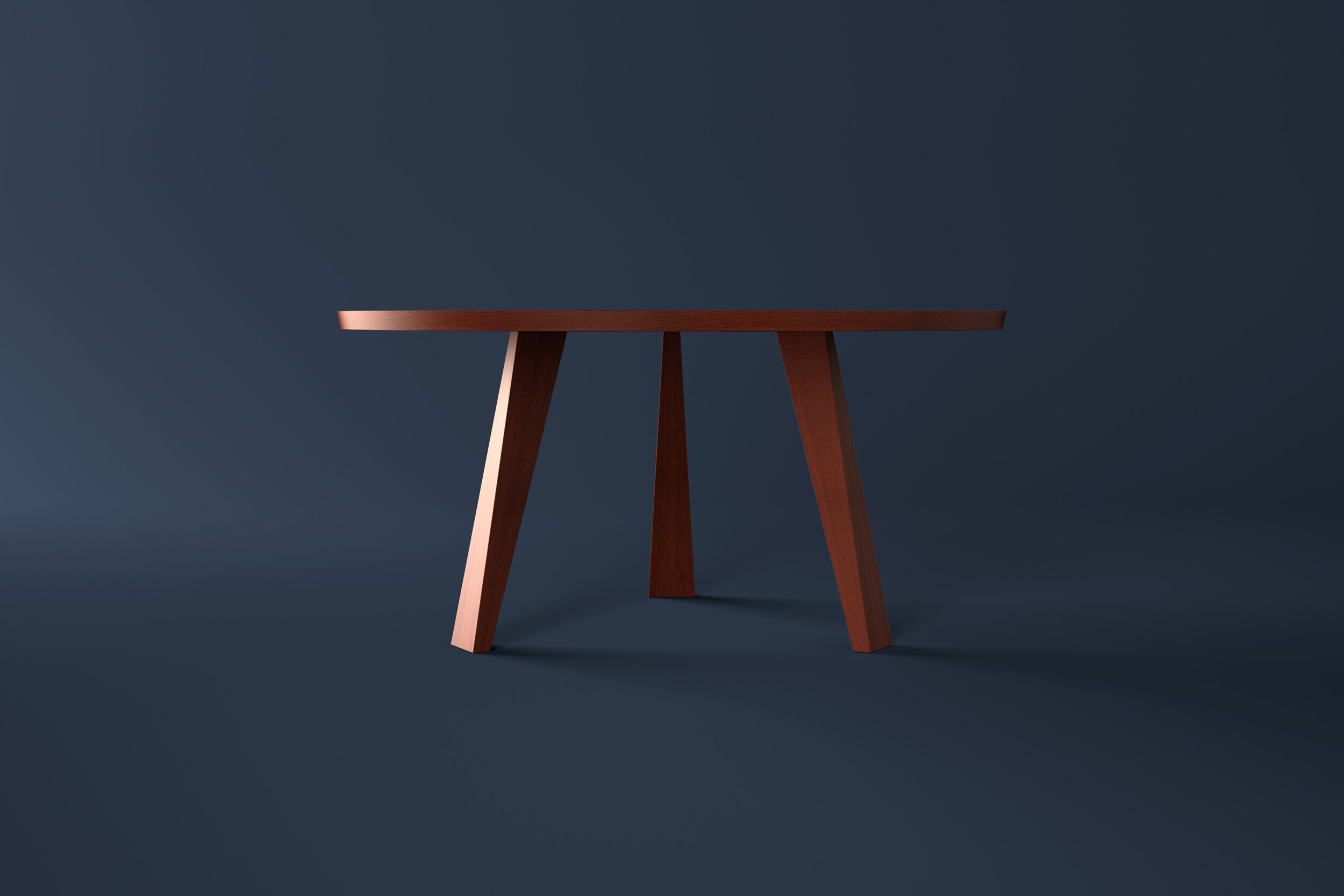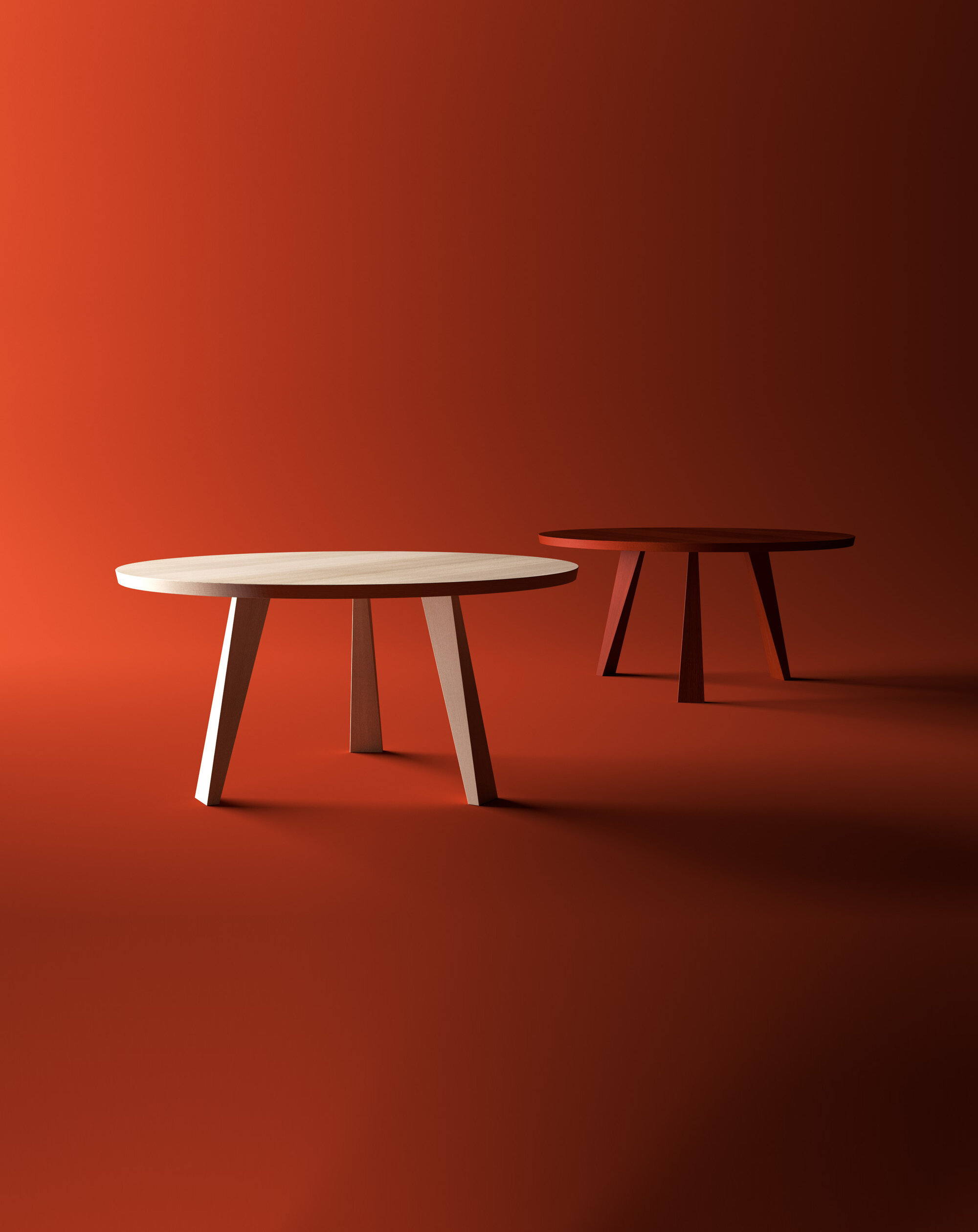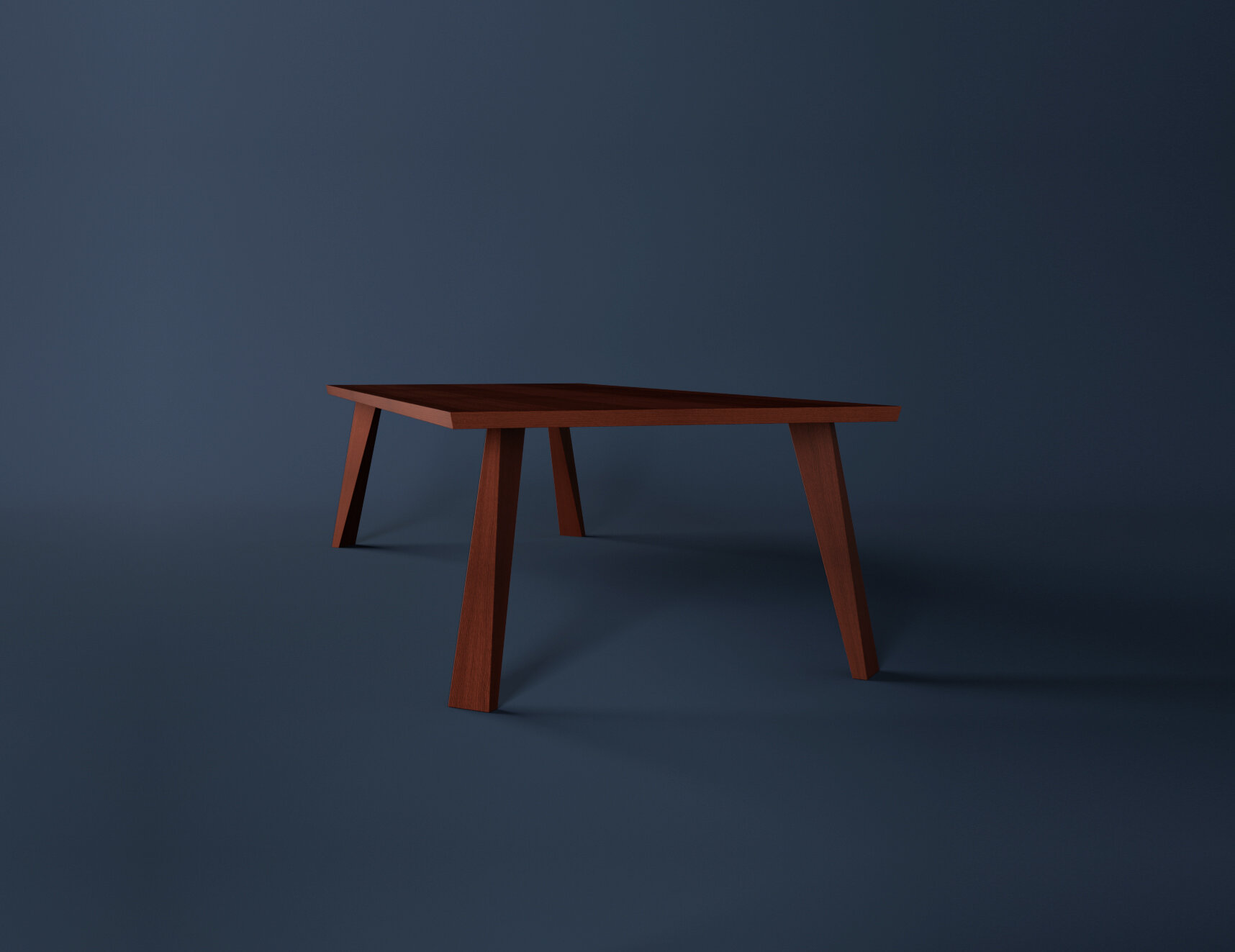
Cuzco
Montis - 2016
The echoing table.
The Cuzco collection of tables seems to have been born from the notebook of a journey through the Inca ruins of an explorer anthropologist. The shapes that make up the object evoke a distant world, a distant future or a past in which a primitive balance is encountered to be present in everyone's consciousness: in its geometric overlaps the echo of a universal aesthetic resonates. The multifaceted surfaces stand out in the space creating clear plays of light and shadow, like strokes of a design that vary in thickness following the direction of the creative gesture.

Kaleidoscopic changes.
Looking at the Cuzco table from human height, from any point of view, each of the legs shows a different view of the solid that describes them. The observer begins to move around the table, and here the views dissolve into each other in a kaleidoscopic alternation of surfaces.
Plans and forms.
The Cuzco family of tables includes tops of different sizes and shapes, round, square and rectangular. All entirely made of solid ash, can be assembled and dismantled mechanically for easy storage, transport and disposal.
Solidity and lightness.
The leg is a polyhedron consisting of two parallel rectangular faces, rotated respect to the center of gravity so to have perpendicular axes, and the four trapezoids that join the parallel sides. The effect in space is powerful. The nuance of the shadow on the trapezoidal faces makes us perceive the inclinations, and the sharpness of the edges allows us to grasp the geometric complexity of the solids. On the one hand the leg seems to start small from the top and widen its base on the ground, making the table feel at its maximum stability. Looking at the same leg from another point of view, you will see that it starts from the top and then slims to the ground, giving a sense of lightness. Solidity and lightness meet in an optical illusion that recalls the contemporary nature of the views of certain Cubist works.
WANDERLUST
Memoirs of the Incas.
The architecture of the Inca civilization was an extraordinarily refined art. The wall constructions, resistant to frequent earthquakes, they were made of huge blocks of stone, carved to fit perfectly. An artifice of skill combined with the naturalness of the shapes that is grasped in the lines just less than perpendicular, for the geometric solids with perfect surfaces, but with inclined edges.







